Scotland is known for its magnificent highlands, constant rainy weather, the sound of the bagpipes and kilts, and of course, its large, two-handed claymore swords.
In this article, we will go a little more in-depth about the swords that originated and were mostly used in Scotland. Our list shall start with the bronze ancient swords, then the famous claymore swords, and will be wrapped up nicely by featuring the basket hilt and late renaissance dirk swords.
Bronze Dagger / Sword
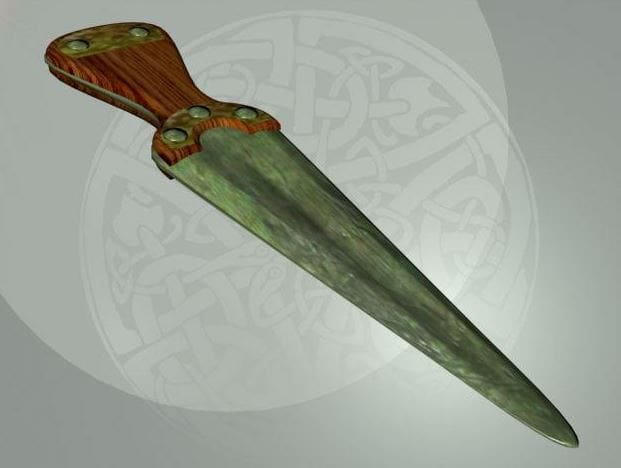

An artist’s depiction of a Scottish bronze sword dated around 2000 BC – [Image Credit – Scottish Weaponry]
According to records, bronze swords, the earliest sword type that originated in Scotland, were dated around 2000 BC. These swords were first used as regular agricultural knives. Later, it was slowly produced in larger sizes. These swords were also used for warfare along with other religious and ceremonial purposes.
Most often, these bronze swords were crafted with a wide blade that tightens at the tip. Its length may span from 12-15.5 in (30-40 cm) long. Some variations of the sword were those that had gold ornaments, mostly possessed by the early nobility.
Celtic Scottish Sword


A Celtic sword with a distinct pommel, handle and guard – [Image Credit – Norwich Castle Museum]
Around 750 BC, Scotland welcomed the Iron Age, where iron was a bountiful resource utilized even in sword production. During this time, bronze shortswords were still in production. However, these were slowly being replaced by iron longswords.
A perfect example of these longswords is the Celtic sword, the earliest sword type that closely resembled the Scottish swords known today. This sword allowed the effective utilization of its wielder’s fighting capabilities either on foot or in mounted warfare. Celtic swords were also known for various nobilities who used it.
The average length of Celtic Scottish swords were recorded to be around 27.5-29.5 in (70-75 cm) long.
Pictish Scottish Sword
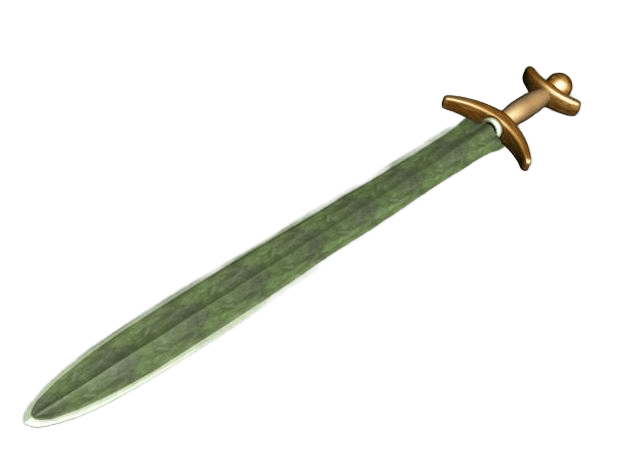

An artist’s depiction of the Pictish sword – [Image Credit – ScottishWeaponry]
Later, around 500 BC, slight modifications to the Celtic sword were made, giving rise to the Pictish sword. These swords were used by Scotland warriors branded with white and blue colors, achieved by applying woad (a European plant belonging to the cabbage family) on their skins. It is a proven warfare tool used for slashing and stabbing.
Pictish swords were crafted from iron and are double-edged with its blade wider at the neck and then tightened at the edge. Oftentimes, its edges are sharp, but some variations were found to have blunt edges. These swords are usually around 23.5-25 in (60-65 cm) long.
Scottish Early Medieval Swords
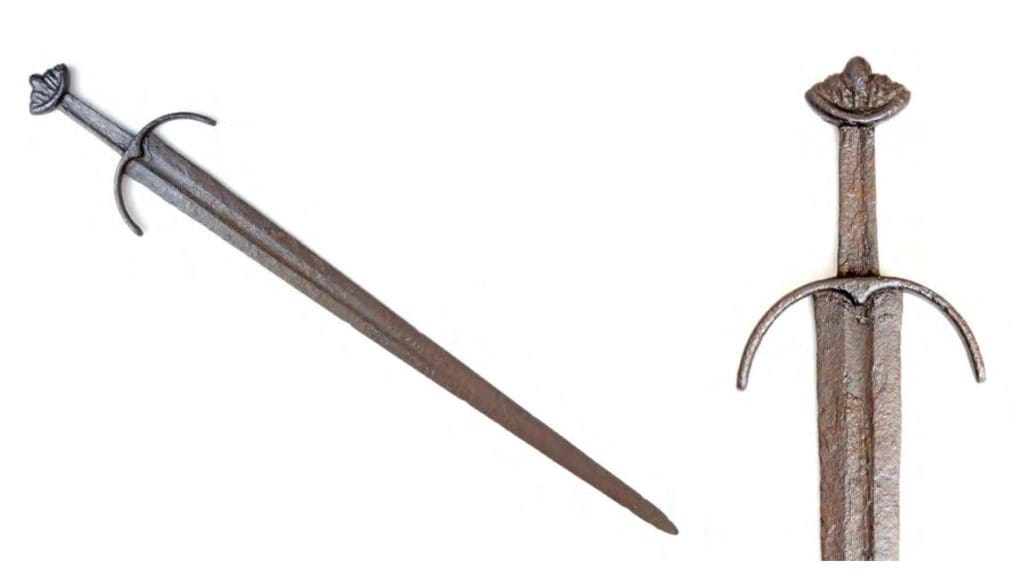

The early medieval types of swords brought by foreign influence – [Image Credit – Tony Willis]
Early medieval swords did not originate in Scotland but were mostly used in the country during the Middle Ages (9th-15th centuries). Due to their wide usage, these swords influenced the latter versions of two-handed Scottish swords.
Viking Swords
The first medieval swords that were used widely in Scotland were the Viking swords. This is evidenced by the huge amount of swords collected from the graveyard mounds in the country.
The Viking swords originated from the Scandinavian Vikings. These weapons were made from iron and have double-edged blades with lengths that range from 25.5-35 in (70-90 cm) long.
Arming Swords
The design of the Scottish swords changed during this period, especially in the Dark Ages. As the influence of the Celts and Picts faded, Scottish swordsmiths started using similar techniques utilized by their English and other European counterparts.
The blades of the Scottish medieval arming swords were crafted from high-quality iron and steel. These swords can be wielded by one hand or by both hands. Its length ranges from 25.5-31 in (70-80 cm) long.
The arming sword was mostly the main weapon of both poor and rich people at the time.
Longsword
Later, the short arming swords were slowly replaced by longswords throughout Scotland and even the rest of Europe. Scottish elites, chieftains, and feudal lords had to learn how to use swords well as part of their education.
These longswords have longer and lighter blades alongside longer hilts and heavier pommels to balance the blade. Usually, the Scottish longswords were around 33-41 in (85-105 cm) long.
Scotland quickly adapted this sword design and eventually developed a different sword type in the country, the famed claymore swords.
Claymore – Claidheamh Mòr
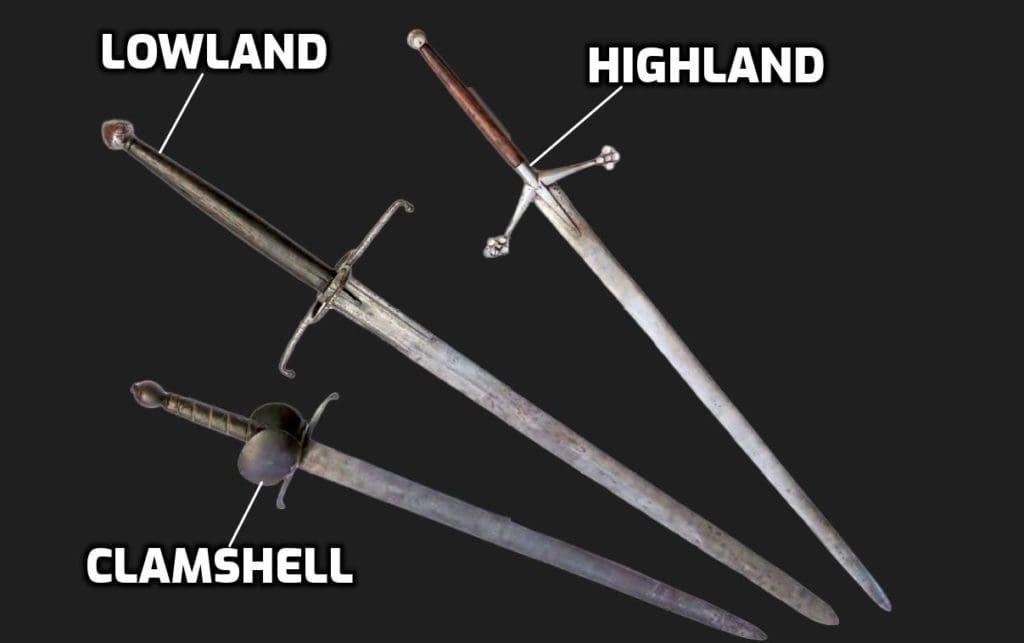

The 3 types of claymore swords – [Image Credit – Tony Willis]
By the 15th century, the claymore was first produced in Scotland. It was widely accepted and used throughout the country, especially for warfare. There are 3 distinct types of two-handed claymore swords. Let’s go over how different they are from each other below:
Highland
The popular claymore that you may have seen in movies is the Highland claymore (sometimes called the Scottish sword).
This sword has a round pommel, a slim handle, and the famous crossguard that is narrowed towards the long blade. Its length ranges from 47-55 in (120-140 cm) long.
These swords symbolize prestige and authority. Although these weapons were used in war, some may argue that their heavy weight and large size may be ineffective on the battlefield. This is especially observed in the late stages of the 17th century when firearms were made available.
Lowland
The Lowlander sword is the largest and also the heaviest out of the three claymore types. Aside from its size, it is also easily recognized through its long handle and a double-edged blade that ends with a pointy tip.
Lowland swords have lengths that range from 59-75 in (150-190 cm) long making these a convenient weapon in battle.
Clamshell
Although not as popular compared to the previous types, the clamshell is another claymore with basically the same length and size as the Highland claymore. The clamshell can be distinguished by its knob-shaped pommel and guard that looked like a shell that could be used to deflect incoming sword strikes.
Scottish Broadsword / Basket Hilt Sword
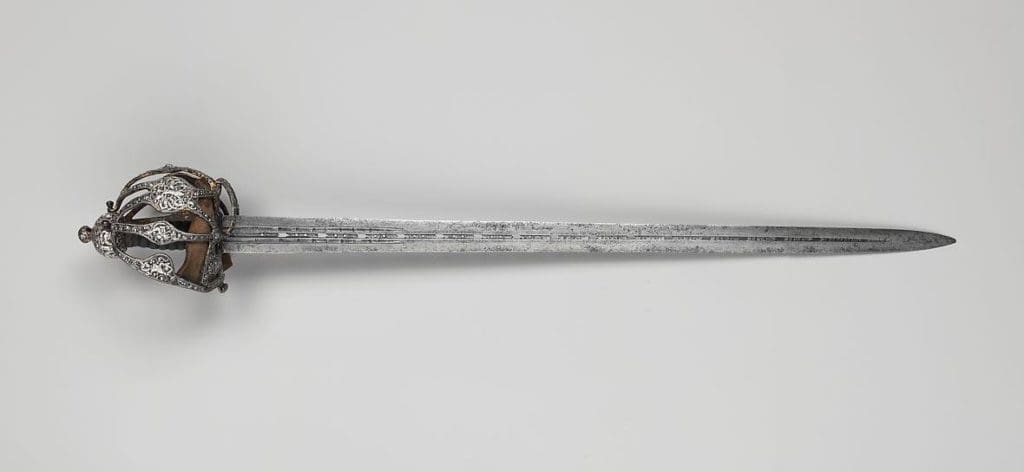

The Scottish broadsword used for duels and battles – [Image Credit – MetMuseum]
Broadsword is a term that refers to swords with broad blades that emerged during the 14th/15th century. Meanwhile, broadswords in the Scottish context are swords with a guard and are also referred to as basket-hilt swords.
The Scottish broadsword was first produced in the 16th century. It was popular during the 18th century and is associated with fencing in modern times. This sword was said to be connected with the Highlanders and Jacobites (a political movement in the UK).
From its name, the basket-hilted broadsword has a basket for a guard that protects the hand of the user. It is also crafted with a broad blade that gradually tightens towards the tip to a very sharp and slim point. These swords are around 41 in (105 cm) long.
Highland Dirk Sword
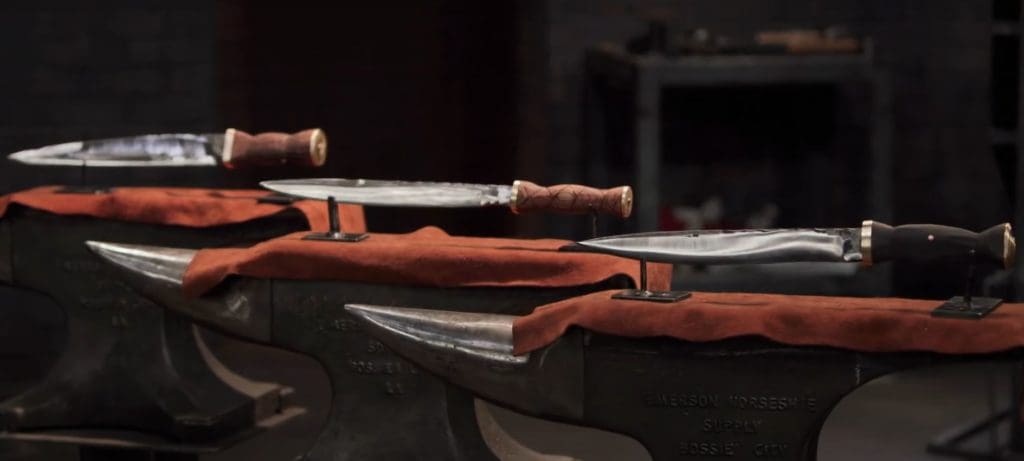

The Highlander dirk sword – [Image Credit – Forged in Fire]
Although some might consider this as a dagger or a knife, the Highland dirk sword is definitely a part of this list, especially since these weapons played a huge part in providing the Scots honor. This implies that these swords were not used for mere tasks such as skinning animals but rather, for battle and warfare.
The Highland dirk sword is one that the Scots take pride in that even today, soldiers in the Highlander Royal Regiment of Scotland carry it. These swords come in a variety of lengths, the longest being 14 in (35 cm).
Conclusion
Today, Scottish swords are very popular and are a big part of the culture of the country. The rich history behind it would interest any sword enthusiast out there, not to mention even coming to own one of the featured swords above!



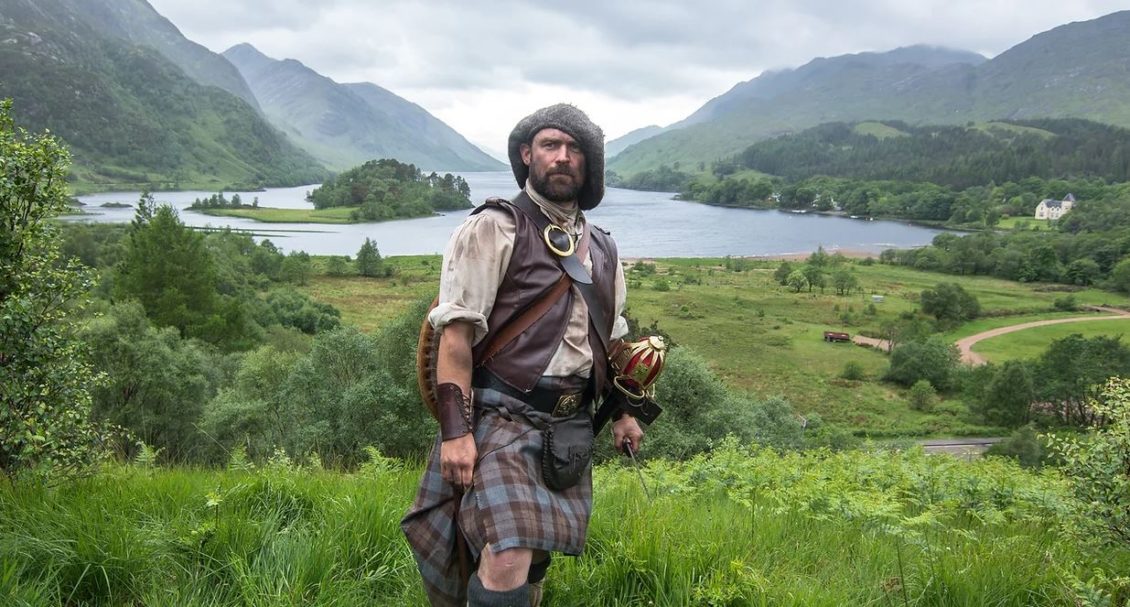


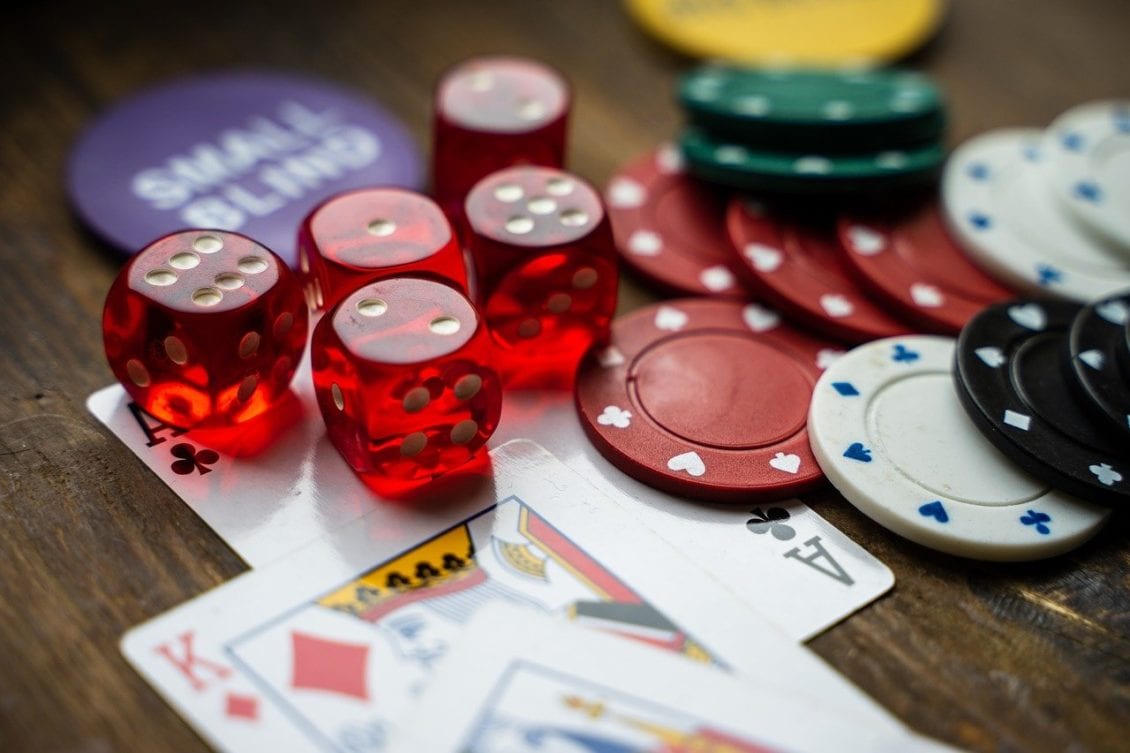


Leave a Reply
View Comments